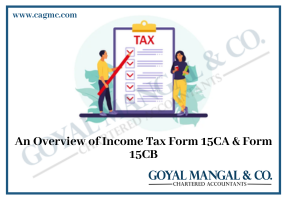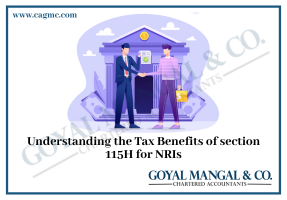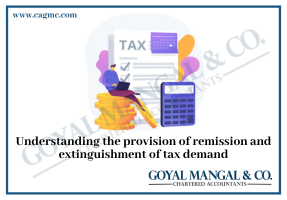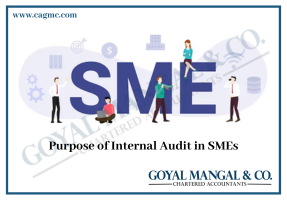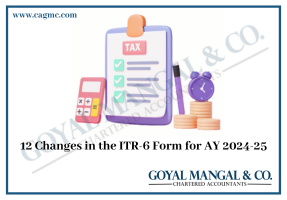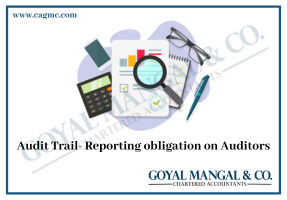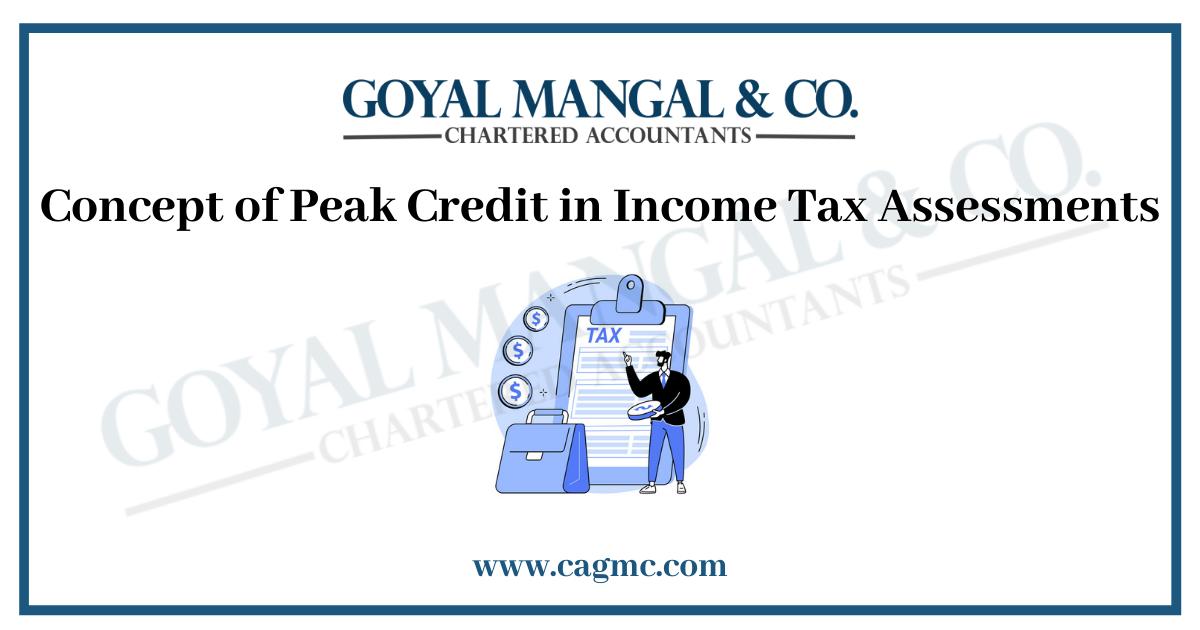
If the Assessment Officer (AO) discovers cash receipts or cash deposits in the assessee’s bank account and the assessee is unable to satisfactorily explain them to the Assessment Officer, the assessee attempts to explain that such cash deposits or a portion of them are made from withdrawals from the same cash book or bank account and then requests the Assessment Officer to adjust the deposits made against such withdrawals. Section 68 of the Income Tax Act, 1961 considered the highest of such deposits as hidden income. Let us understand about Concept of Peak Credit in Income Tax Assessments.
|
Table of Content |
Peak Credit Theory
At the time of Income Tax assessment, the assessee wishes to avoid the possibility of duplicate addition of his income and to present just his genuine income for taxation purposes. When there are a huge number of unexplained credit and debit entries, this peak credit hypothesis is utilised. The peak credit theory is used for fraudulent entries rather than real ones since bogus credit and debit cancel one other out unless the circumstances indicate that the withdrawal is intended for reasons other than re-introduction.
However, if the assessee concedes that the cash deposits are genuine and not fictitious, he would be unable to claim the advantage under peak credit theory. [Bhaiyalal Shyam Behari vs. Income-Tax Commissioner (2006) 202 CTR All 515]
If the Assessment Officer can demonstrate that the withdrawal was not intended for redeposit reasons, the assessee will also be unable to claim the advantage under peak credit theory.
It should be highlighted that the advantage of peak credit theory is not limited to monetary credit provided to the assessee. Unaccounted cash might enter the books of accounts in the form of cash credit or trade credit, and both are regarded the assesee’s deemed income. Both sorts of credit are paid for using the assessee’s own money. As a result, if the assessee can demonstrate that the credit is not real, the advantage of peak credit theory would apply to trade credit as well.
How we can determine Peak Credit?
The following steps, when taken in order, lead to the determination of peak credit:
- The procedure begins by listing in chronological order all of the assessee’s financial deposits and withdrawals that he believes are hidden.
- The next step is to calculate the balances for each deposit and withdrawal.
- The deposit placed in the first entry then becomes the first entry’s closing balance.
- Following that, the closing balance becomes the opening balance for the second entry.
- The second entry’s deposit or withdrawal must then be adjusted to the opening balance.
- After then, the closing balance is changed to account for the second entry.
- When the closing balance of the second entry becomes the opening balance of the third entry, the chain continues.
The largest closing balance drawn against any entry in the accounting period after adjustments to deposits or withdrawals constitutes the accounting period’s peak.
The Adjustments to the Peak Credit
Following the calculation of peak credit, the AO is obliged to make the following adjustments: – Chetan Gupta v. Assistant CIT [2013] 34 taxmann.com 306/144 ITD 344 (Delhi – Trib.)
- Opening balances: If a bank account assessee has an opening balance on the first day of the accounting period (brought forward from the last day of the previous accounting period), such opening balance must be deducted from the peak credit in order to calculate undisclosed income for the current year.
- Past capital: Whose source is established (in the case of past unreported capital action, u/s. 148 is invoked, provided limitation for such action is available).
- Prior savings: As long as there is sufficient evidence/explanation of such past savings.
- Recoveries from creditors: Provided the assessee has documentation of previous loans and interest income is disclosed or given for taxes.
- Gifts: Adjustment of gifts shall be based on evidence such as a gift deed, confirmation, affidavits, or personal deposition establishing that the donor had enough money to give the present and that the gift came from family as specified in the Explanation to Section 56 (2).
- Other transfers: It is possible that the assessee received cash as transfers from known people who are willing to confess to having given cash to the assessee for an approved purpose; such transfers must be deducted from the peak credit.
- Contra-Entries: When computing peak credit, the influence of contra-entries must be taken into account.
- Arithmetic errors: If the assessee brings out arithmetic errors in computing peak credit, the AO shall take these into account and apply them.
- Correct type of entries: Only deposits or withdrawals owned up by the assessee and not evidently related to/owned by other parties or related to admitted business operations should be considered for calculating peak. The tax treatment of such additional entries will be different, and they will not be included in the peak computation.
- Capital Receipts: There may be entries in deposits that are of the kind of capital receipts obtained by the assessee on the sale/disposal of a capital asset. The AO must apply a separate tax treatment to such transactions, such as calculating capital gains or adjusting the written down value in a block, but they will not be included in the peak computation.
- Rolling Profits: If the assessee made a portion of its purchases from its rolling profits from unexplained sales, some credit for usage of that profit should be awarded, provided such gains from unaccounted sales are taxed separately.
- The available cash in the Bank: If the cash book shows a sufficient cash balance that the assessee may use to make deposits in a bank account whose other deposits and withdrawals are undisclosed, the credit should be given in the peak undisclosed credit to the extent that the assessee’s explanation appears reasonable and satisfactory. – Jt. CIT v. Hytaisun Magnetics Ltd. [2018] (Guj.)
Circumstances in which Peak theory will not be relevant
The assessee cannot profit from the peak credit theory if he has been withdrawing cheques and the source of the withdrawn funds is unknown.
The use of peak credit theory is not possible when both depositors and beneficiaries are different, other than the assessee. [Bhaiyalal Shyam Behari vs. Income-Tax Commissioner (2006) 202 CTR All 515].
Peak theory cannot be utilised in circumstances when cash is put in a bank account the majority of withdrawals are done through inward clearing, and there are relatively few instances of cash withdrawals. [ITA No. 434/PN/2013 ITO v Shivraj Mishrilal Bafna versus Assessee].
If the assessee has claimed to have legitimate deposits and subsequent withdrawals/payments to other persons in earlier years, the assessee would not be able to claim the advantage of peak credit theory.
Opinion of Judiciary
- It was held in Commissioner of Income Tax v K.M.N. Naidu 1996 221 ITR 451 Mad. that, If the Assessment Officer rejects the books of accounts and calculates profits on the basis of such rejected books of accounts, the Assessment Officer’s estimate of profits will be incorrect.
- It was held in Niteshkumar R.Dalwadi, Anand vs Department Of Income Tax on 11 February, 2014 ITA No. 53/Ahd/2013 that, if the Assessment Officer used peak credit theory in the previous year and there has been no change in conditions in the subsequent year, peak theory can be used in the subsequent year as well.
Conclusion
Peak refers to the highest accessible unexplained cash. In the notion of peak credit, if cash is not spent elsewhere after it is withdrawn, it might be considered for making deposits. The advantage of identifying peak is that it allows the assessee to lower its taxable income. However, if the assessee’s withdrawals are made by check and he is unable to verify that such withdrawals have been returned to his account, the assessee would be unable to claim the advantage of such withdrawals when justifying the deposits.
